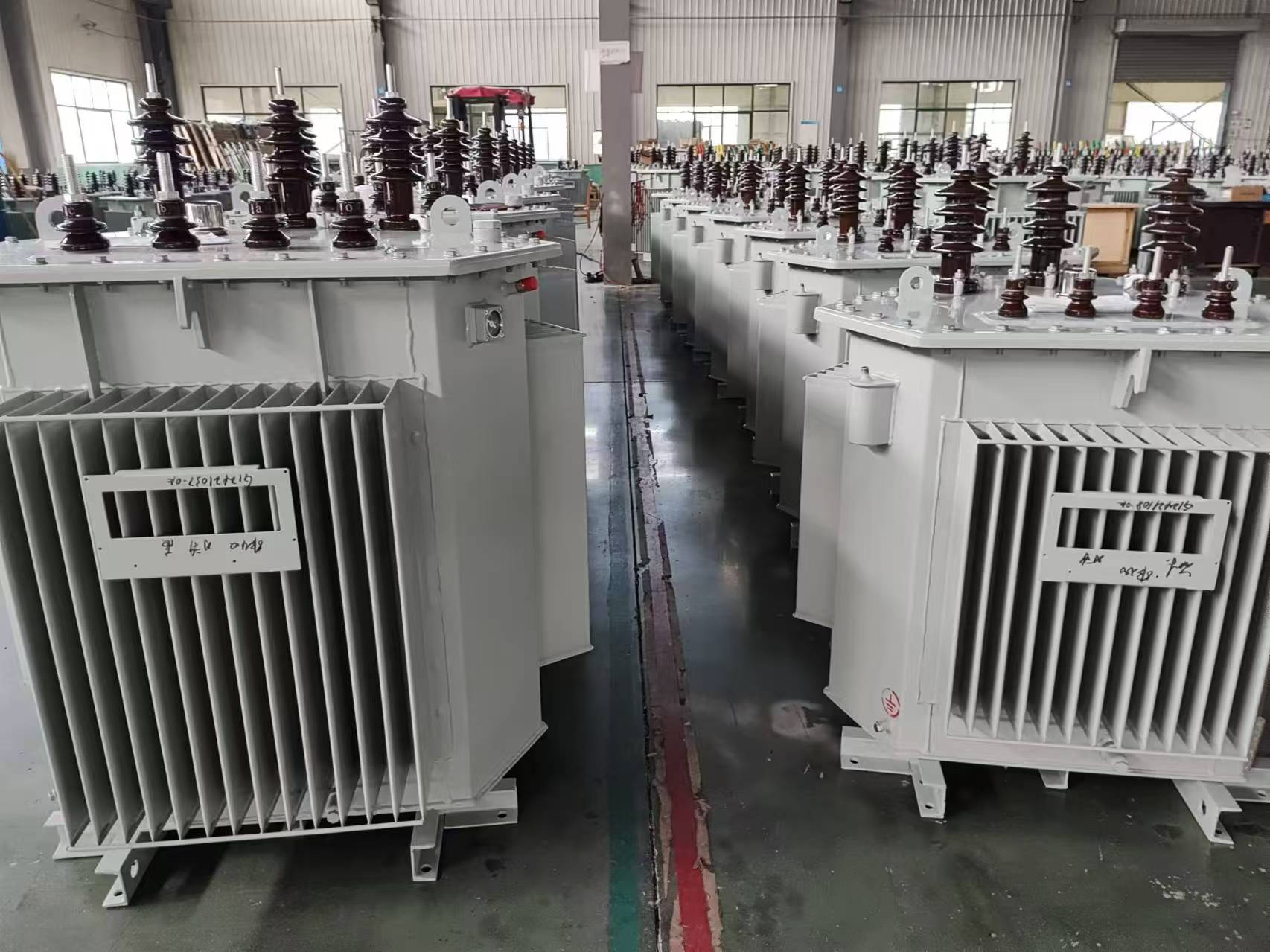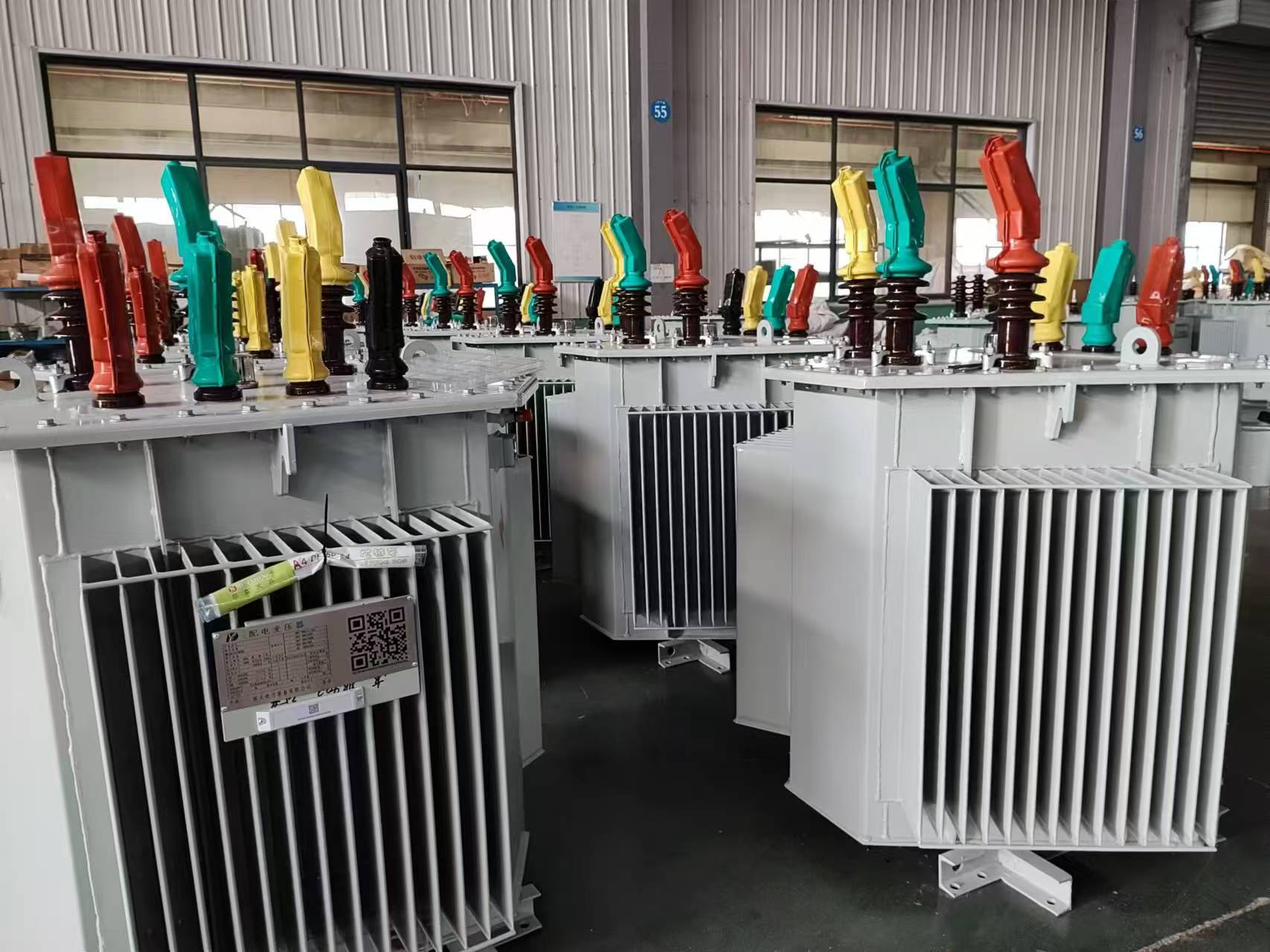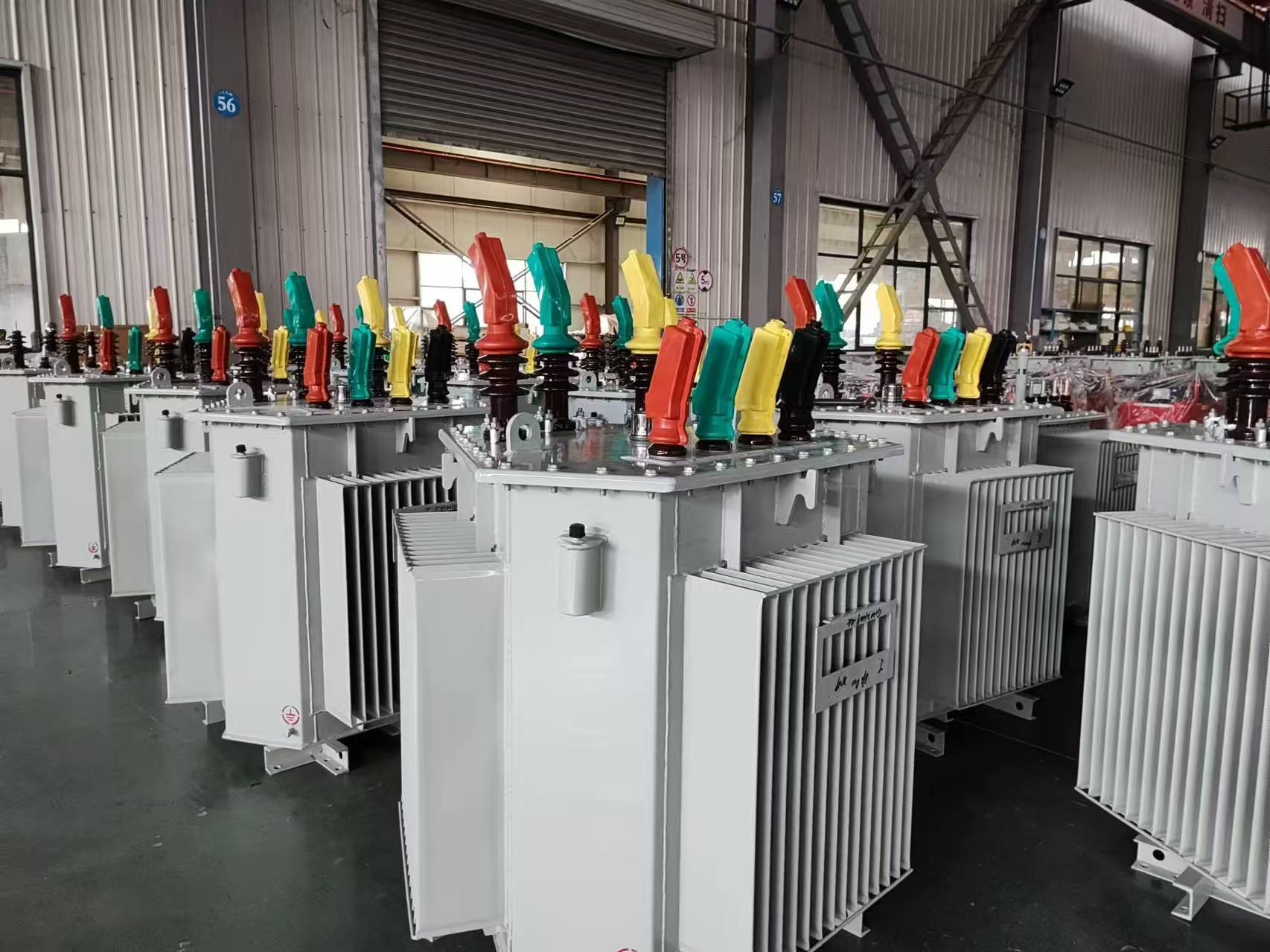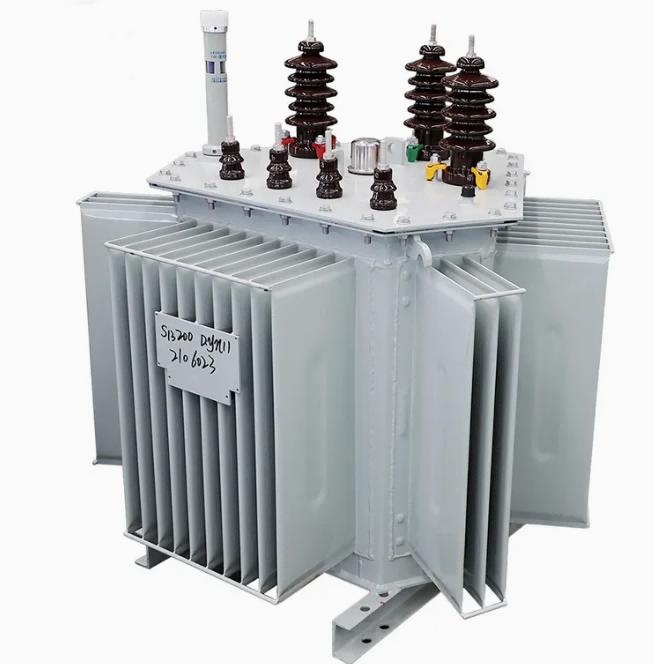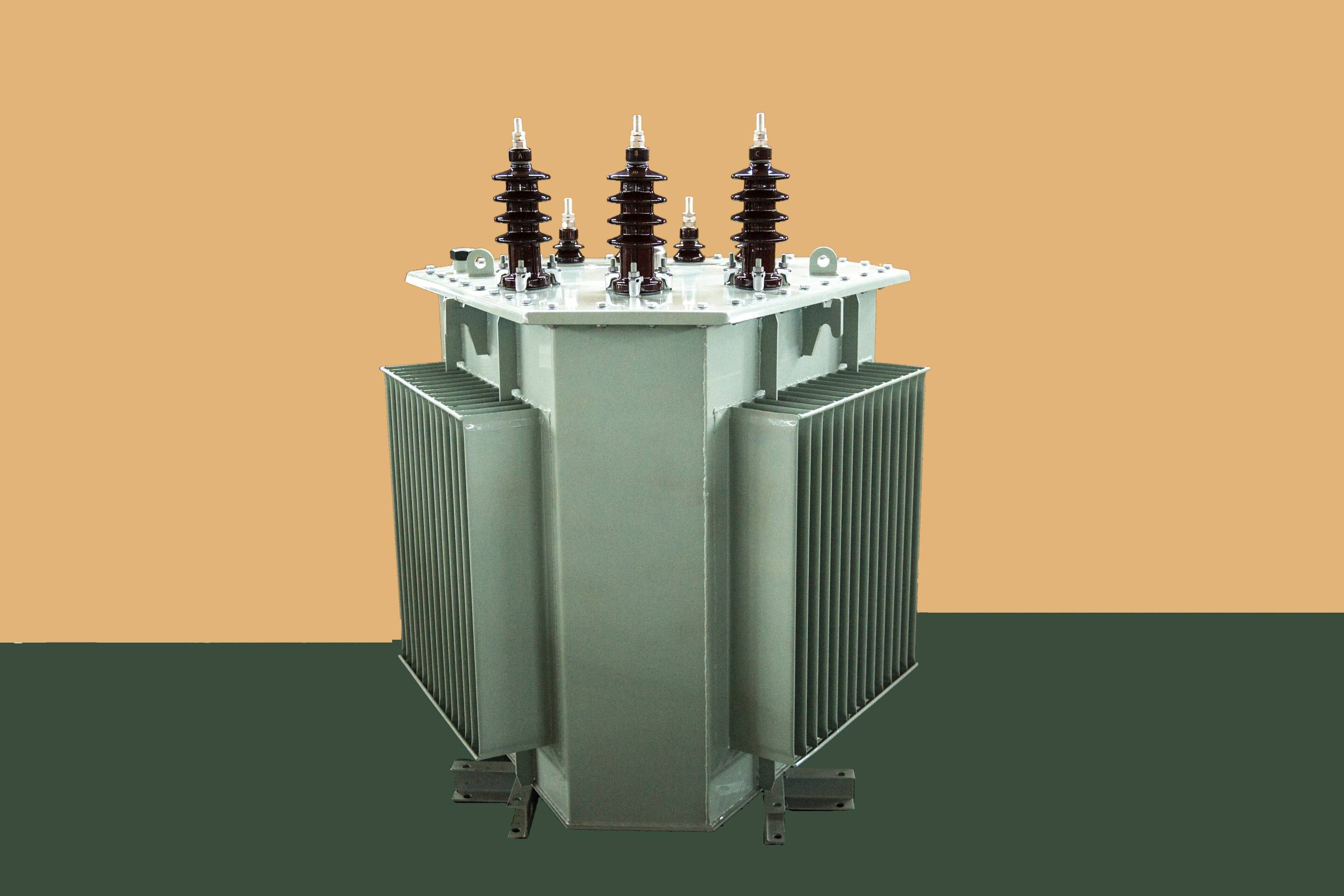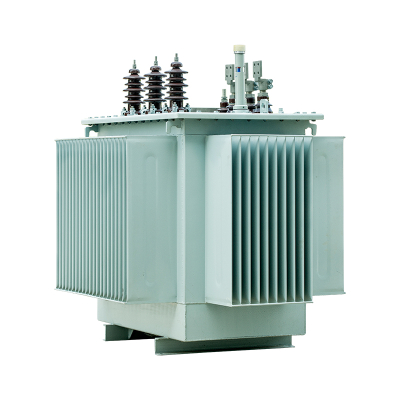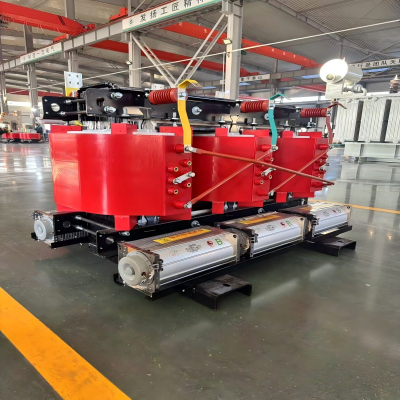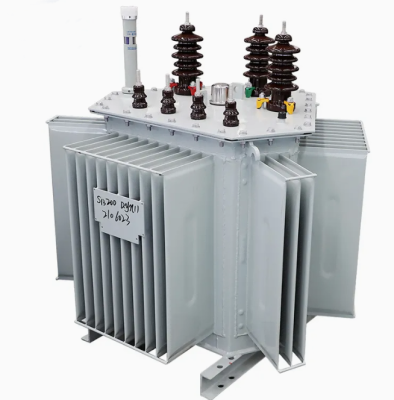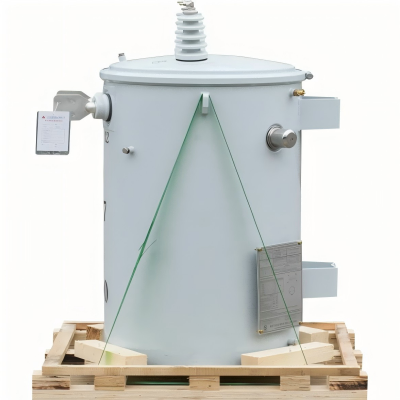1250KVA Amorphous Core Transformer
SBH21-M.RL-1250 is a highly efficient and energy-saving transformer that uses amorphous alloy material as its core. Due to its special microstructure, amorphous alloy material has very low hysteresis loss and eddy current loss. Therefore, this type of transformer can significantly reduce energy loss during operation and improve the efficiency of electrical energy utilization.
Technical Parameters
Rated Capacity: 1250 kVA (kilovolt-amperes), indicating the maximum apparent power that the transformer can transmit.
Voltage Level: Specific primary and secondary voltages should be referenced in the product specification sheet, but typically, this type of transformer is suitable for medium and low voltage power grids, such as configurations like 10 kV/0.4 kV.
Frequency: 50 Hz or 60 Hz, depending on the standard of the power system in the region where it is used.
Connection Group: Common types include Dyn11, Yyn0, etc., which specify the electrical connection method between the transformer's phase windings and their relationship to the power phase.
Insulation Level: Defined by different levels according to the International Electrotechnical Commission (IEC) or national standards, reflecting the device's ability to withstand overvoltages.
Cooling Method: Dry self-cooling (AN) or oil-immersed natural circulation air cooling (ONAF), etc.
Noise Level: Lower than that of ordinary silicon steel sheet transformers, which helps reduce environmental noise pollution.
Efficiency and No-Load Loss: An important advantage of amorphous alloy transformers is their high efficiency and low no-load loss values.
Applications
Mainly used in urban distribution networks, residential areas, commercial centers, etc., to convert high voltage electricity into low voltage electricity suitable for users.
Suitable for projects with high requirements for energy conservation and emission reduction, such as green buildings, smart grid construction, etc.
Can effectively reduce the operating costs of distribution systems, improve energy utilization, reduce carbon emissions, and align with the goals of sustainable development strategies.



